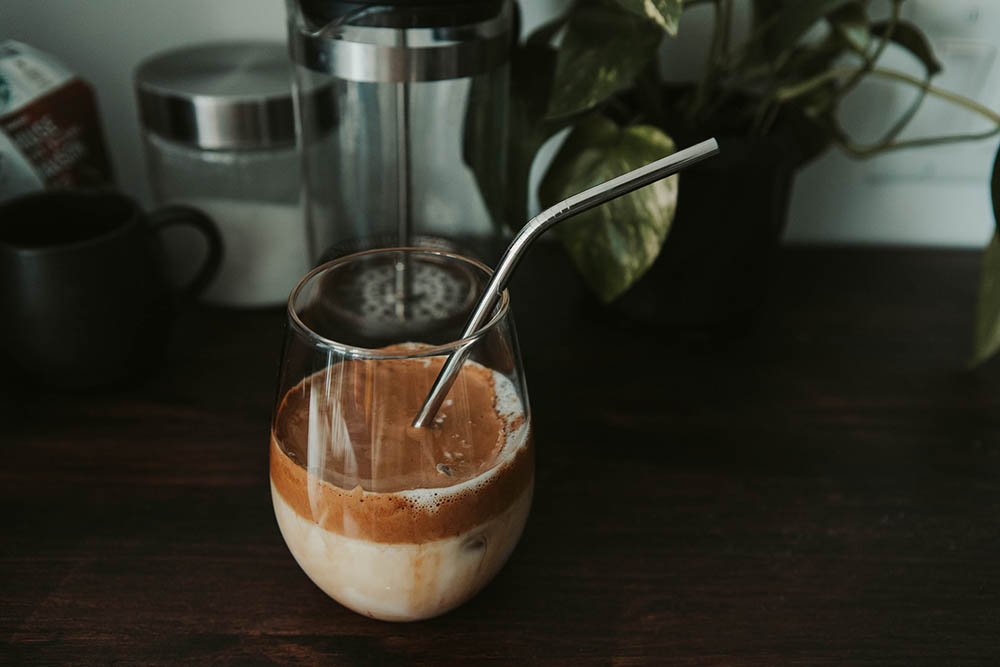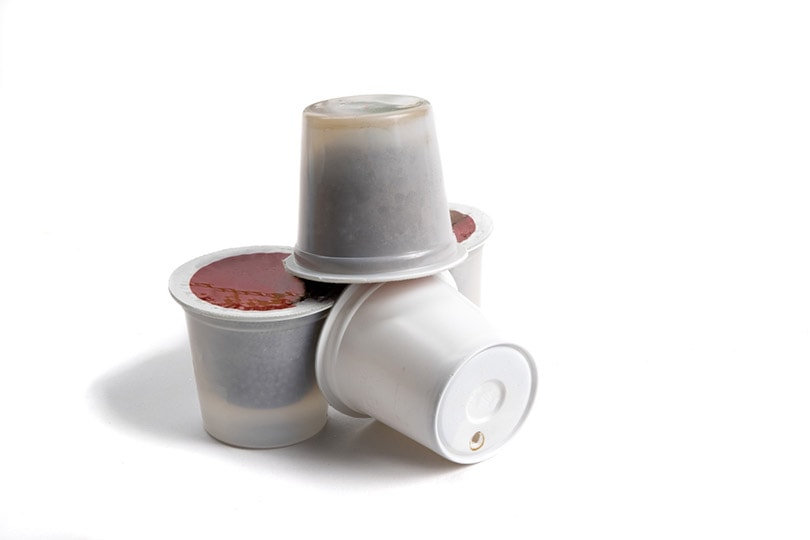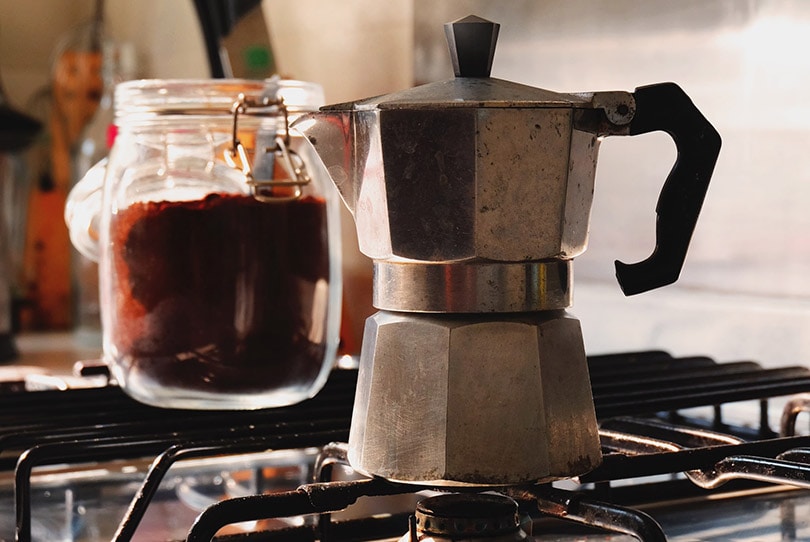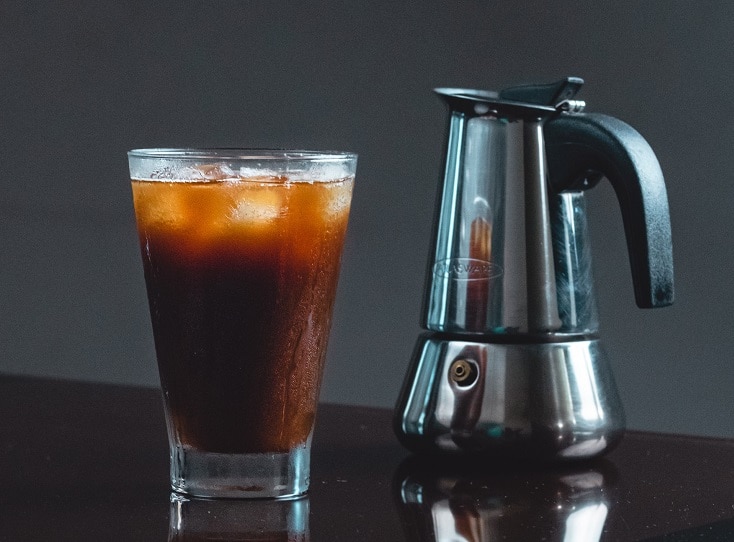
Coffee is one of the most popular beverages. It gives you energy in the morning and comes in so many delicious forms and flavors. But drinking coffee every day can be bad for the environment.
Think about all the plastic and paper cups you stack up in your car by the end of the week. Some drinks also come with plastic straws and lids. There are paper bags, drink trays, and even sometimes napkins.
It can be a very wasteful habit to form, but you can kick it! Keep reading to learn how.

Top 12 Ways to Make Your Coffee Eco-Friendly
1. Avoid Single-serve Cups

Coffee pods or capsules are usually made from plastic. They come in bundles of 6-24 individual single-use capsules. These pods are wasteful because you end up using them once and throwing them out.
To counteract this, try reusable coffee pods. There are rubber or plastic baskets that you can put coffee grounds in. You can rinse and wash the reusable cup multiple times. Another option available recently is biodegradable coffee pods that are a bit more eco-friendly.
2. Use Reusable Filters/Unbleached Filters
Coffee filters are needed when people use drip coffee makers. Regular coffee machines use water, ground coffee, and filters. These coffee filters are usually made from paper. Filters are wasteful as they end up being tossed out with each use.
Luckily, there are reusable coffee filters that can fit in most machines and manual brewers like the Chemex. They’re made from plastic or rubber and include a mesh section. Using this skips all the garbage and constant use of paper. Another alternative is to use unbleached filters. These are the ones that are brown rather than white. White filters use bleach to change the color, which puts chemicals into the environment.
3. Bring Your Own Mugs/Thermos

Recently, more coffee shops are serving customers who bring their own coffee mugs. You can order like you would a regular coffee, but instead of getting a paper cup, you can ask them to use yours. You can even bring your own thermos if you like more coffee than the average mug could handle.
Bringing your own cup removes the need for the store to use paper and plastic cups, reducing waste overall. The more people who bring their mugs, the more eco-friendly people are collectively.
4. Reduce Paper and Plastic (Cup, Sleeve, Napkins, Straw)
Even without the cups, think about the other things the staff give you when you buy a coffee. You might get a drink in a plastic cup with a plastic lid and straw. This adds to the amount of plastic being used by the store throughout the day. In addition to bringing your mug or thermos, try using reusable straws as well.
Additionally, think about when your coffee cup includes a cardboard sleeve. Yes, these are meant to keep you from burning your hands, but it’s also another waste of paper. We can’t forget about the napkins too!
5. Make Your Own

A way to skip all the wasteful coffee cups is to make your own coffee! It’s one of the easiest ways to make your coffee eco-friendly. Skip the trip to the store to grab your coffee from a paper or plastic cup.
In the morning, you can make instant coffee with your own mug. Bring some to work in an insulated thermos to drink on the way. A lot of workplaces have free coffee available for staff and you can have a work mug too.
6. Buy Coffee Grounds in Bulk
Another great way to reduce your eco footprint is to buy ground or instant coffee in larger quantities. Think about substituting small plastic containers of instant coffee with a larger container. Even try searching for a glass container.
Think about ways you can be more ethical by buying coffee grounds in bigger containers. Buying multiple plastic containers repeatedly is wasteful and bad for the environment. If you think you don’t have that option with the coffee you drink, think about trying another brand or just find a way to reuse the container instead of throwing it away!
7. Buy From Ethical and Sustainable Companies

Support local businesses that produce ethical coffee to make your habit more eco-friendly. Look around your neighborhood for different options. Research businesses to learn about where products come from.
There are usually stamps of accreditation on different products that indicate different things; for example, whether a company is fair trade, rainforest approved, certified organic, and more. This option is a win-win because you support small businesses and help the environment.
8. Use Less Water
Whether you choose to make instant coffee or drip, try to only use the amount of water you really need. Try to be conscious of how much water you use to fill up a coffee machine. When it’s halfway through the day and you know you’re only going to have one more, don’t fill the maximum amount of water.
In situations where you’re making instant coffee, try to only fill one cup at a time. Avoid that next cup of coffee if you aren’t sure you’ll need it. When you go to a coffee shop, try to get a suitable size so you don’t toss half of it out.
9. Try Cold Brew

Cold brew is a great eco-friendly option for making coffee. It involves using brewed coffee or instant coffee in a mason jar of water. The coffee is left in the fridge to brew overnight, and then it’s drunk cold.
This is better environmentally because you make a larger batch with less water. It concentrates so you don’t need as much. You can keep a batch in the fridge for a prolonged period, so you don’t need to brew a new pot every morning.
10. French Press
A French press is a tool used to make more concentrated coffee beverages. It includes a tall, cylinder shape with a hand-held apparatus that you push down over the grounds. The coffee ends up stronger and doesn’t need too much water.
The French press is an environmentally friendly alternative to a beverage that comes in a plastic cup. The grounds stay in the bottom of the press, so they can even be reused. Again, this is a way to make it yourself so overall it’s a better option than buying from a coffee shop.
11. Reuse Coffee Grounds

Some people aren’t aware of this easy option for making your coffee more environmentally friendly. The coffee grounds themselves have many benefits after you’ve made a coffee. Don’t throw them out when you’re done!
Coffee grounds can be used in soil, in homemade skin care for your body, and even in recipes. Coffee has certain nutrients that some plants love. It’s a great natural exfoliant for your face and body. Caffeine is great for puffiness!
12. Buy Coffee Without Plastic Bags
There are coffee products that come in non-plastic bags. In most cases, plastic is used because it keeps the aroma and freshness of the coffee beans or grounds intact. This is generally not a great option but it’s not easy to avoid.
The best way to ensure you don’t negatively impact the environment with the coffee bags you purchase? Try reusing them! You can clean them out and use them to store another loose product.

How Does Coffee Impact the Environment? Final Thoughts
Coffee processing plants produce emissions which promote pollution. The manufacturers that provide cups, lids, straws, etc. are also contributors to pollution. These factories flush materials into water systems which kill wildlife and affect the quality of our water.
Coffee makers also use electricity. They are small appliances that suck up energy and that’s not great for the environment either. Avoid the use of plastic and paper by making your own coffee or bringing your own mugs to your favorite coffee shop.
We can’t do much to change the way that coffee is produced, but we can try these 12 ways to make our coffee habits more eco friendly and do our small part to make the environment better and cleaner!
Featured Image Credit: Mollie Sivaram, Unsplash
Table of Contents
- Top 12 Ways to Make Your Coffee Eco-Friendly
- 1. Avoid Single-serve Cups
- 2. Use Reusable Filters/Unbleached Filters
- 3. Bring Your Own Mugs/Thermos
- 4. Reduce Paper and Plastic (Cup, Sleeve, Napkins, Straw)
- 5. Make Your Own
- 6. Buy Coffee Grounds in Bulk
- 7. Buy From Ethical and Sustainable Companies
- 8. Use Less Water
- 9. Try Cold Brew
- 10. French Press
- 11. Reuse Coffee Grounds
- 12. Buy Coffee Without Plastic Bags
- How Does Coffee Impact the Environment? Final Thoughts















